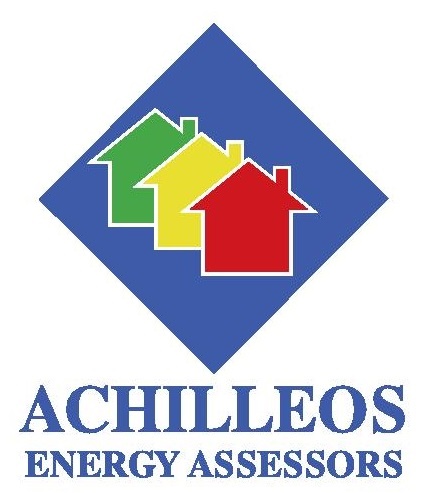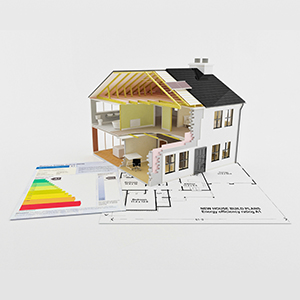

What is an Inventory? An inventory should detail the condition of all décor, fixtures, fittings and contents relating to a rental property. Contrary to popular belief, an inventory is not just a list of the items to be found in a rental property and is therefore not merely restricted to furnished properties.
Furnished or unfurnished, all properties are supplied to a tenant with floor coverings, wall coverings, fixtures and fittings and the state or condition of these needs to be noted before a tenant moves in if the landlord’s investment is to be protected.

Quantifying ‘condition’ This is a much-debated issue and a good inventory will include a glossary of terms which will define the exact meaning of the word for the purposes of the inventory document.
The glossary should feature at the front of the inventory. The glossary should refer to:
The inventory will provide a detailed and comprehensive description – ideally supported by photographic evidence – of the property, with specific reference to the existence / condition of the décor, fixtures, fittings and contents. Comments need to be made in relation to the colour, make, model and condition of each item – basically, there needs to be as much detail as possible to provide an accurate and objective assessment of the property. As a rule of thumb, lofts and cellars are not normally included in an inventory, unless specifically agreed or used as part of the living accommodation.
We compile highly detailed and accurate reports with full colour photographs as standard with a fast turnaround. Combining this with a professional, flexible and reliable service you will always feel secure using our services.
We use the latest technology and software to produce extremely detailed, accurate and reliable reports. We never use abbreviations and our reports follow a simple and easy to understand format. One of the best ways to minimise the risk of disputes with tenants over the return of deposits at the end of the tenancy is to compile a comprehensive and clear inventory at the start of every tenancy.
It is best practice for a detailed inventory to be carried out at the start of the tenancy. If tenants are aware that the state and contents of the property has been itemised, they are more likely to ensure that the property is left in the same condition in which it was originally let. Inventories are particularly important now that tenancy deposit schemes are in place across the UK as they form critical evidence in cases of disputes.
We compile highly detailed and accurate reports with full colour photographs as standard with a fast turnaround. Combining this with a professional, flexible and reliable service you will always feel secure using our services. We use the latest technology and software to produce extremely detailed, accurate and reliable reports. We never use abbreviations and our reports follow a simple and easy to understand format. One of the best ways to minimise the risk of disputes with tenants over the return of deposits at the end of the tenancy is to compile a comprehensive and clear inventory at the start of every tenancy.

It is best practice for a detailed inventory to be carried out at the start of the tenancy. If tenants are aware that the state and contents of the property has been itemised, they are more likely to ensure that the property is left in the same condition in which it was originally let. Inventories are particularly important now that tenancy deposit schemes are in place across the UK as they form critical evidence in cases of disputes.
At check-in, the inventory should detail the current state of the property, including descriptions, age and condition of the fixtures, fittings and furnishing. This helps landlords and letting agents compare the state of the property at check-in and at check-out. Make sure the inventory is written in clear language, and defines the terms used to report the condition or cleanliness of items in the property. It must be clear enough for a third party to understand without them being present.
If an inventory is not carried out, or if it was insufficiently detailed, then it may not be clear how the property should be left before departure, which could lead to a deposit dispute. Dealing with a deposit dispute can be stressful and costly for those involved so it’s always preferable to avoid this. According to data published by my|deposits earlier this year in relation to England and Wales, currently only 1% of tenancies require formal dispute resolution, while in 60% of tenancies the landlords and agents return the deposit in full and in 39% a deduction is negotiated with tenants.
Make sure that your tenancy agreement deals with specific topics such as who takes responsibility for the garden and its upkeep, and the levels of cleaning required at check out.
By the time you get around to the check-in your will have completed a thorough tenant screening process: tenancy application form, credit checks and referencing and you will have prepared your AST letting Agreement. All ingoing tenants should be present at the rental property for the check-in so that everything is agreed and signed at one go. If the tenant cannot be present, it is important you go through the process with someone independent of the letting and allow the tenant/s to review the documentation, agree and sign it before handing over keys.
You should walk around the whole property, inside and outside with your tenant/s to make sure they agree with the inventory and condition statements and you can discuss anything which is not clear to them. You can explain the condition of items stated in the report and make sure the tenant/s is aware of what is expected of them during the tenancy.
Go through the checklist with the tenants making sure they understand and agree at every stage:
Your tenancy agreement should provide the tenant with details of the Tenancy Deposit Protection arrangements and confirm that the deposit will be protected within the 30 day statutory protection period in whichever scheme you have selected. Make sure that your agreement spells out the reasons why a deposit may be withheld at the end of the tenancy, usually if tenants: (1) cause damage in the property, (2) leave the place needing extensive cleaning, (3) leave possessions in the property which need expensive removal, or (4) leave owing rent. You should provide contact details so that the tenant can get in touch if they have any initial problems.
A final inspection of the property should be undertaken prior to the tenant actually moving out, once completed. Tenants should not be allowed to re-enter the property unless specific arrangements have been agreed with the landlord or agent. A copy of the original signed inventory should be used as the basis of discussions between the landlord or agent / inventory clerk and tenant. Each room should be visited and the condition of decor/ fixtures / fittings and contents should be compared with that witnessed at the beginning of the tenancy. If redecoration works have been undertaken, the Check Out report should note whether or not these have been done to a professional standard.
As per the Check-In procedure, all meters should be read and keys checked to ensure they fit the appropriate locks. All keys should be returned at this point. Where changes are noted in the condition of the property, it should be detailed whether or not these can be construed as acceptable wear and tear. If they are not regarded as fair wear and tear, who should be responsible for making the necessary improvements to restore the property to its former condition. A forwarding address for the tenant should always be confirmed at the Check-In and contact numbers secured.
